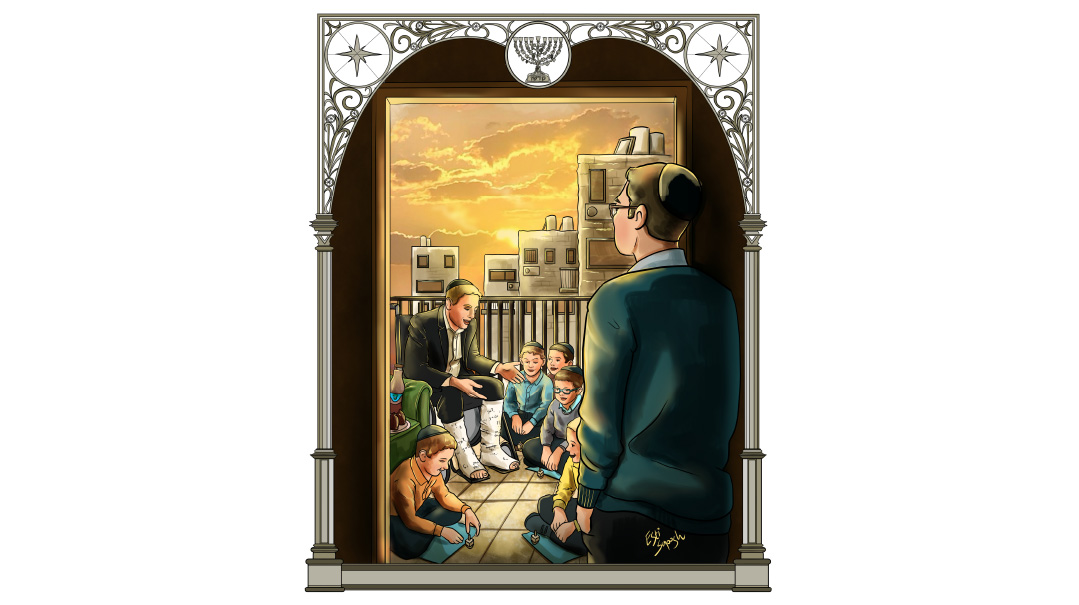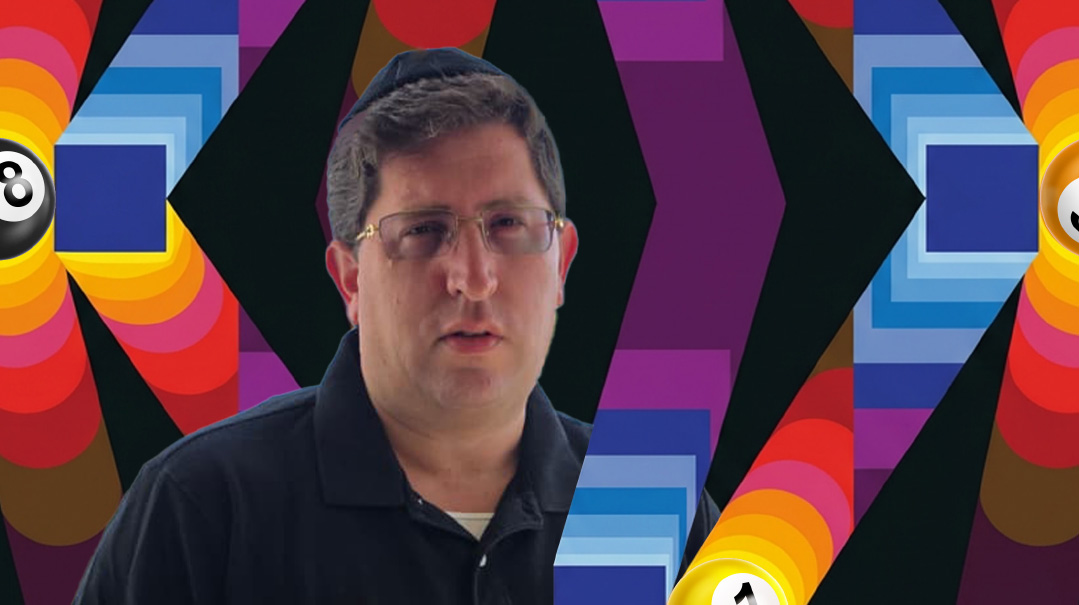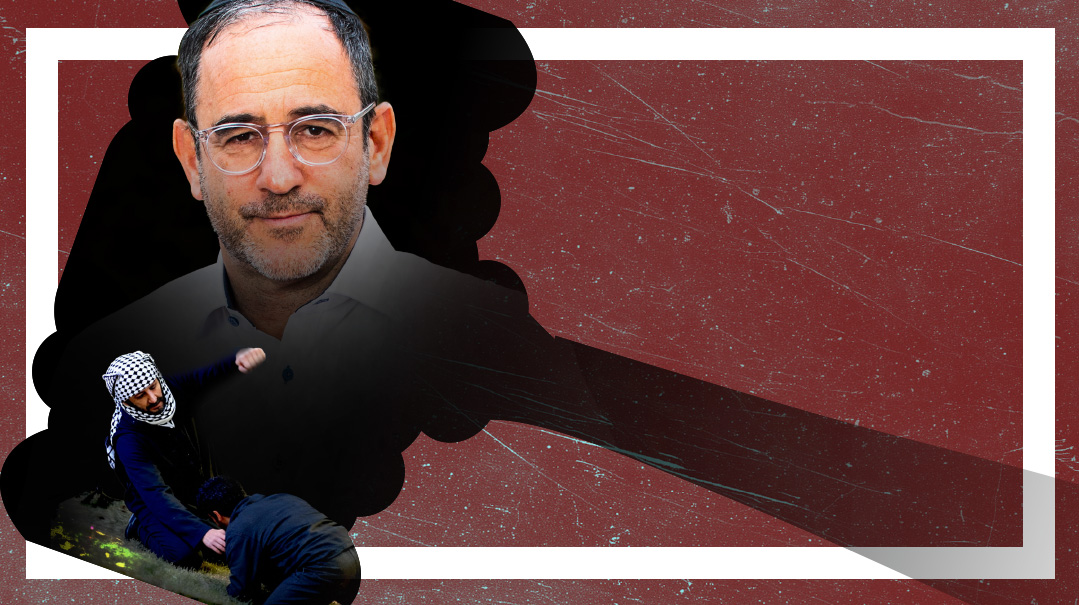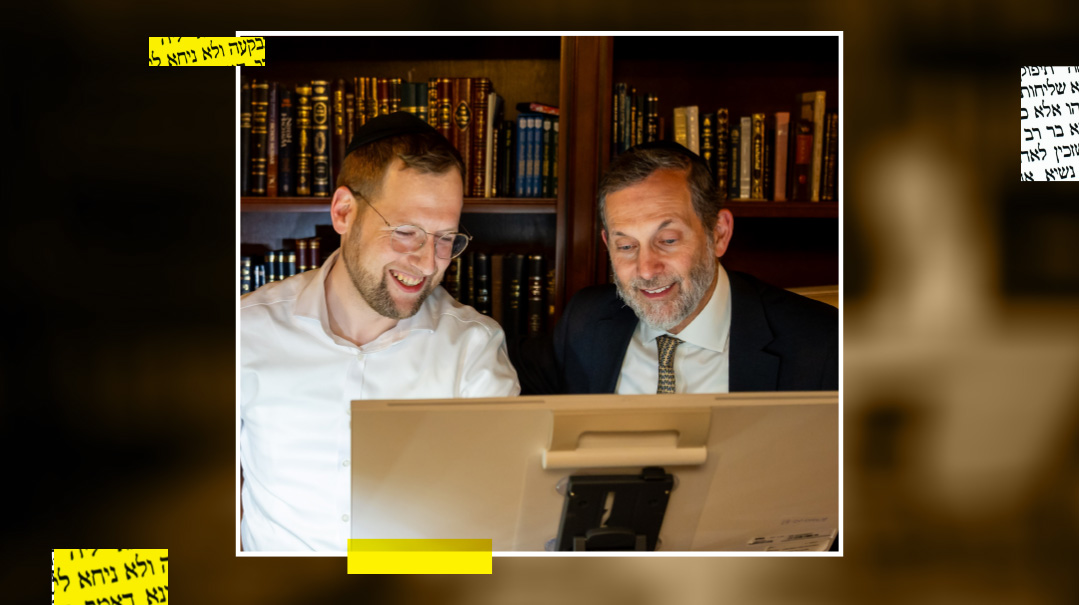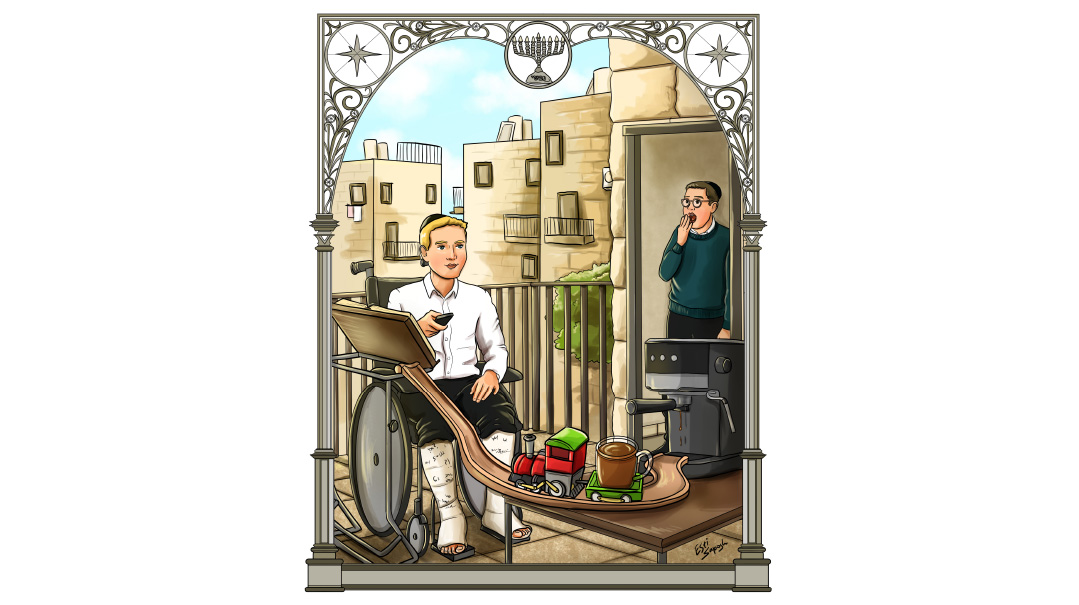A Cut Above
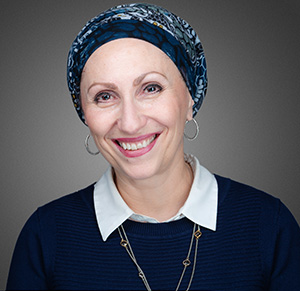
Raymond the Barber clipped his celebrity career for spiritual heights
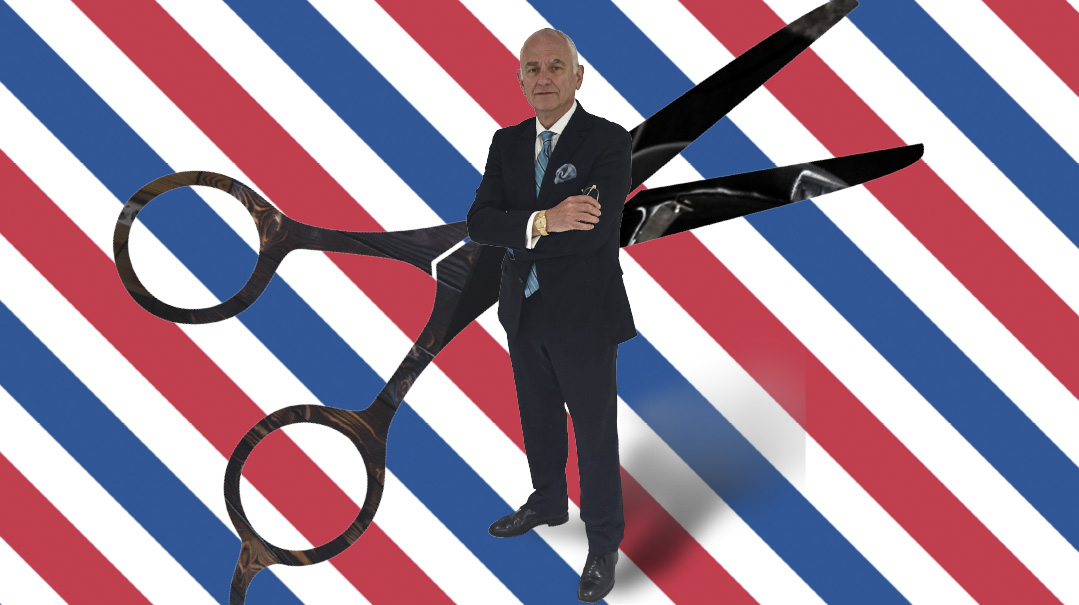
Photos: Naftoli Goldgrab
Raymond the Barber pulled himself up from his bootstraps, working his way up from the street markets of London’s East End to wealthy hairdresser for the stars. But when his rabbi urged him to cut those ties, he didn’t hesitate to leave everything behind
Raymond (Refael Aryeh) Cohen a”h, or Raymond the Barber as he was known in the Sephardic community, was a man of many facets.
Fearless yet softhearted, an Ashkenazi from birth who lived as a Sephardi, an artist and a businessman, a loyal friend and fearsome enemy. For almost 20 years he owned Manhattan’s largest, most glamorous beauty salon, enjoying the fame and fortune that came with hobnobbing with celebrities. But when his rabbi told him that a women’s salon wasn’t an appropriate business for him or his sons, he walked away and never looked back.
The word in Hebrew for a barber is “sapar,” which shares a root with sefer, a Torah book; and sippur, a story. Raymond, who passed away at age 80 last year on 9 Adar II, left celebrity hairdressing for a life of Torah and seforim, becoming the stuff not only of sippurim, but legends. Known for his impeccable dress, charisma, and charming British accent (“He could make reading the phone book sound interesting,” says Rabbi David Ozeri, the rav of Yad Yosef Torah Center), he was also a six-foot-tall tough guy, always ready to face down any bad guy, whether criminals, bullies, or neo-Nazis.
More importantly, he was a powerhouse of chesed. Raymond was a fierce advocate for the elderly, and in the context of his work he got to know Rabbi Menachem Horowitz of Chayim Aruchim, the organization that helps the elderly and their families navigate end-of-life care. Perhaps Rabbi Horowitz puts it best when he says, “When people asked Raymond, ‘What do you do?’ he’d answer, ‘I do whatever people need me to do.’ ”
His chesed endeavors spanned sectors and ages; he raised sums for schools, for weddings, for Belzer institutions, and countless other causes.
On the eve of his first yahrtzeit, his children gathered in his oldest son Marc’s Flatbush home to relate his incredible story.
Oops! We could not locate your form.

